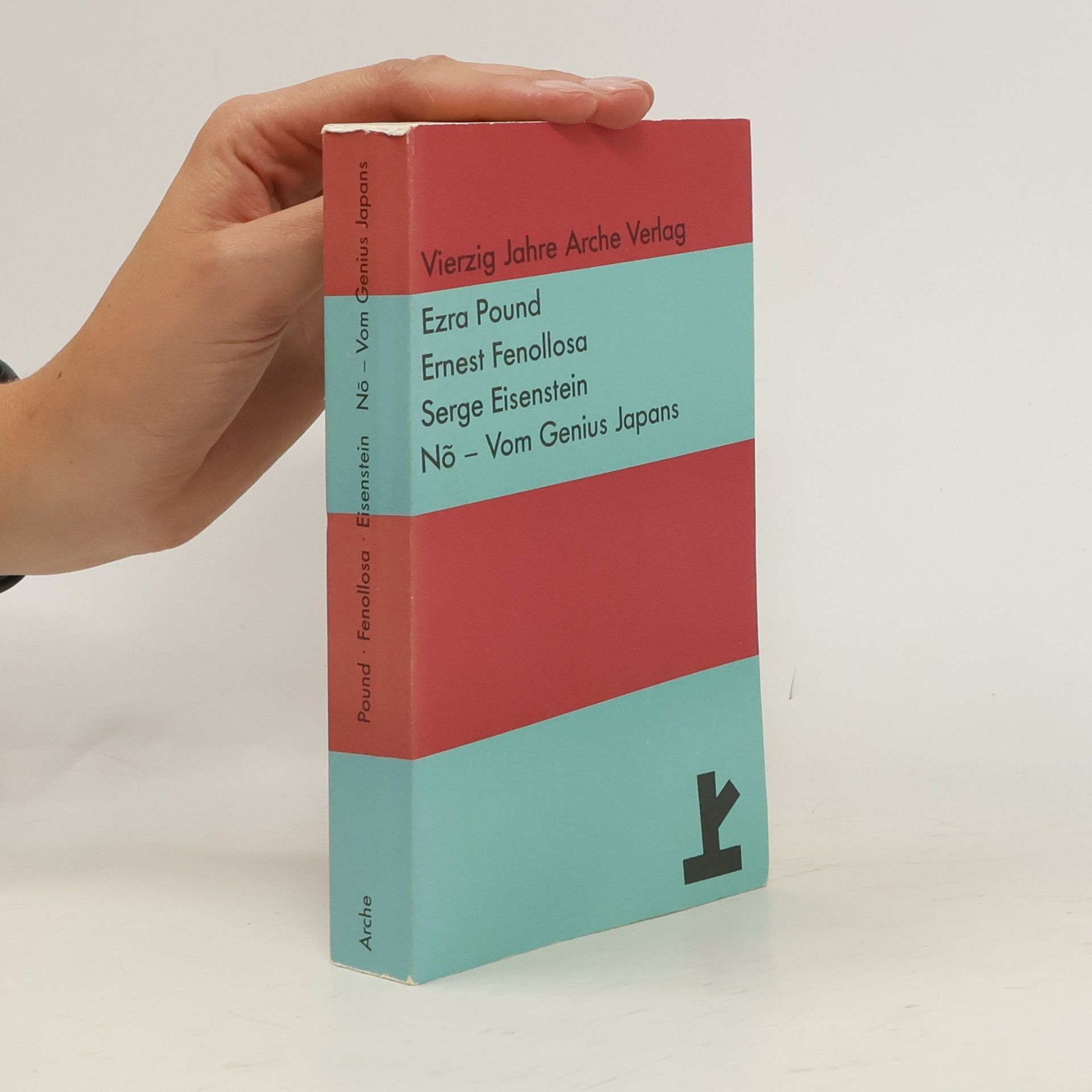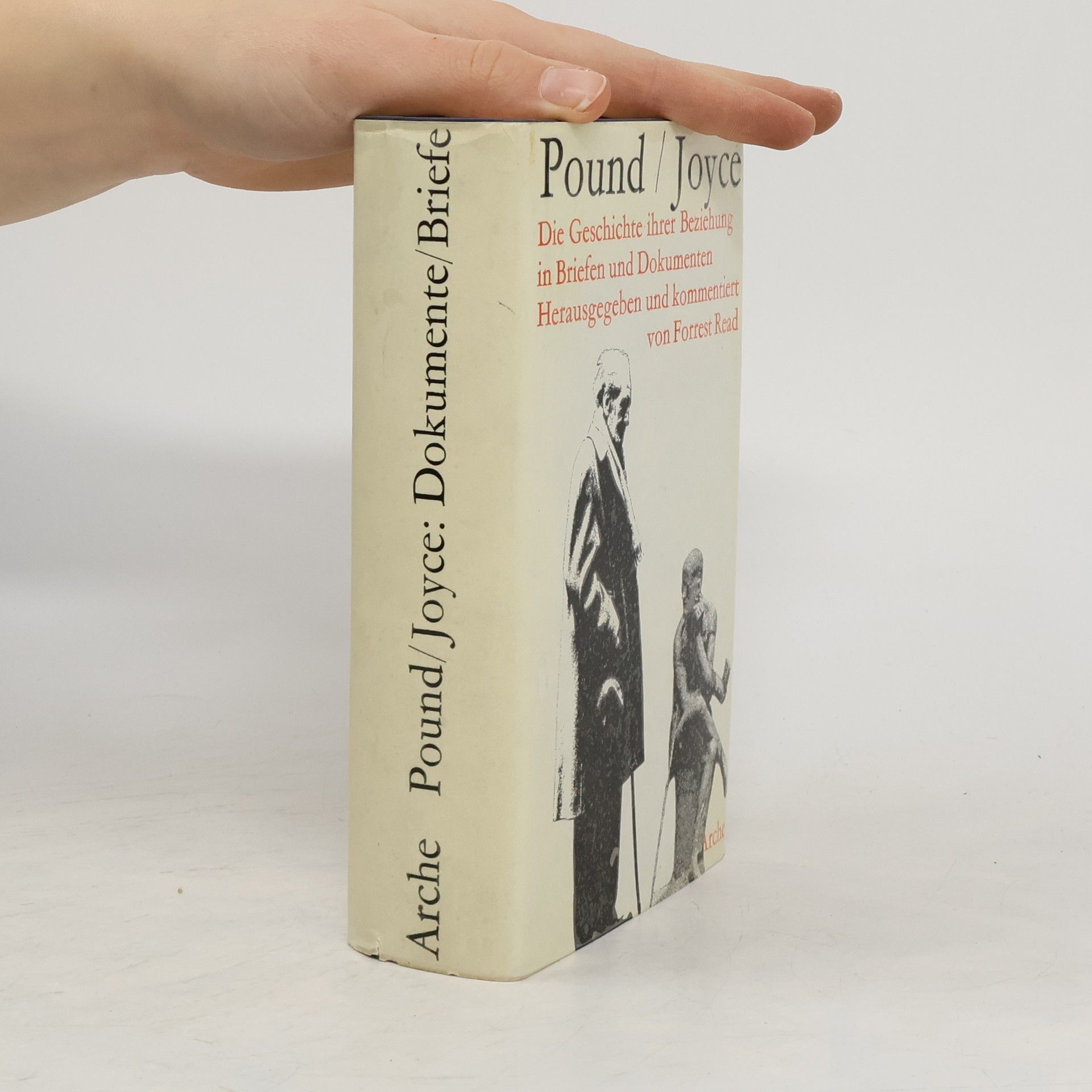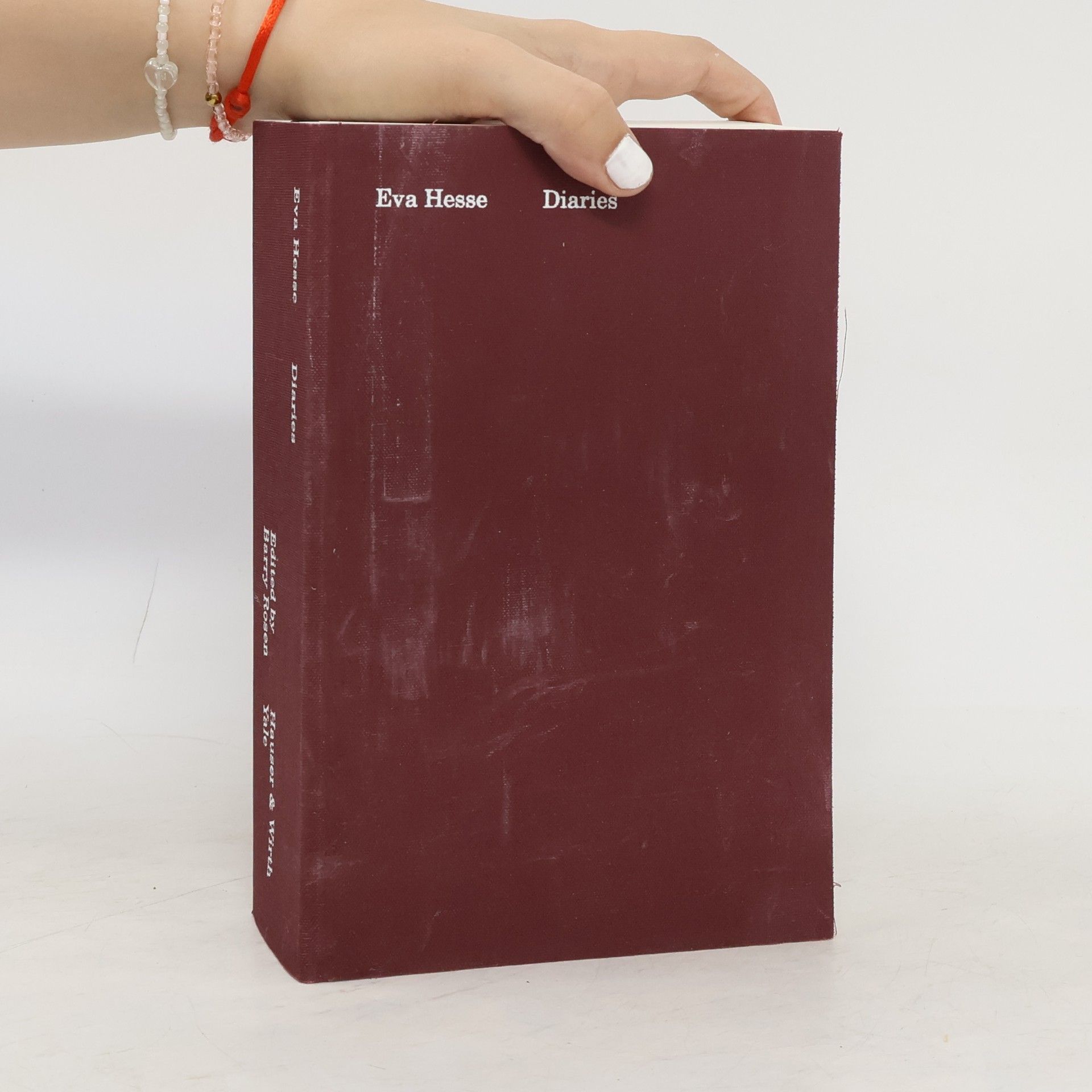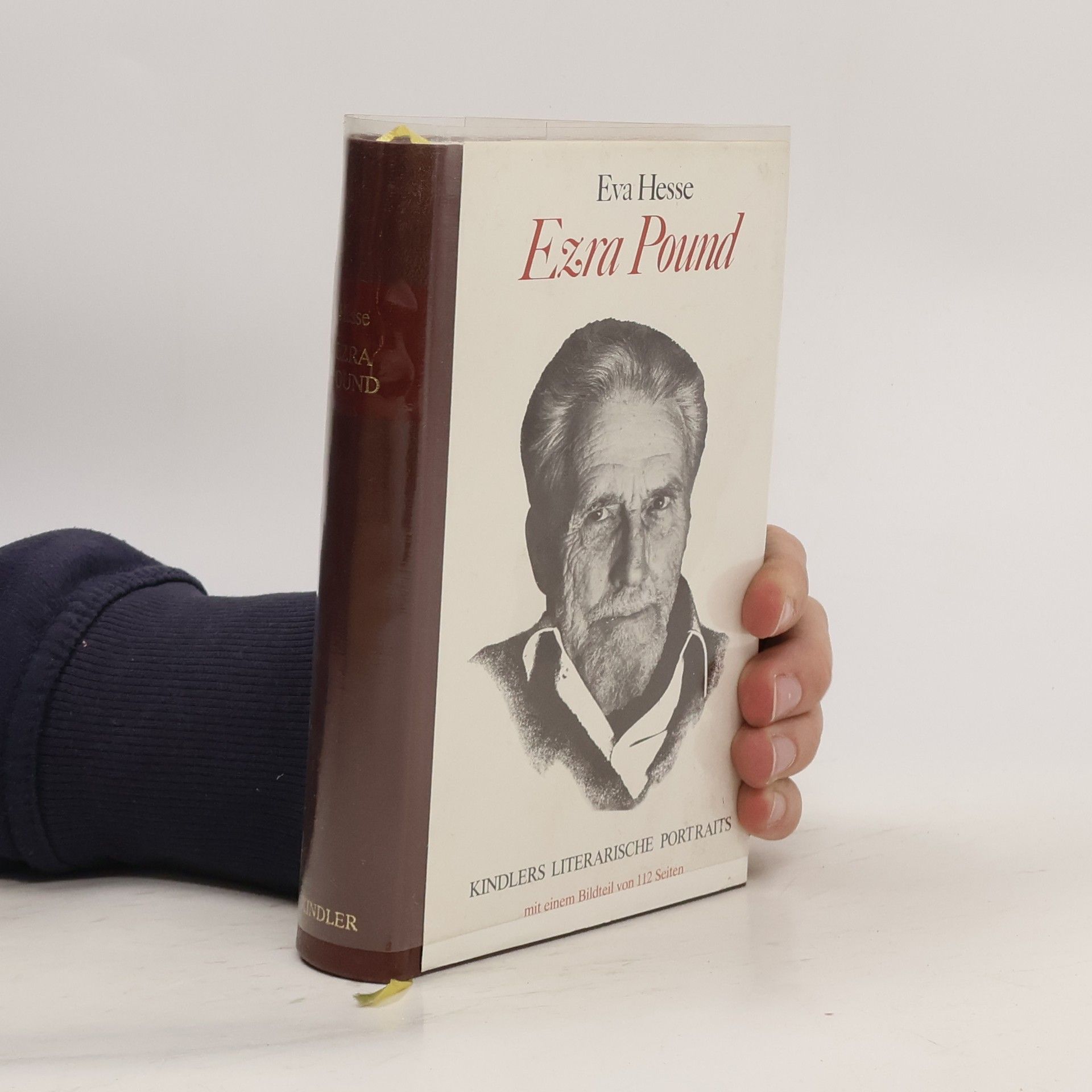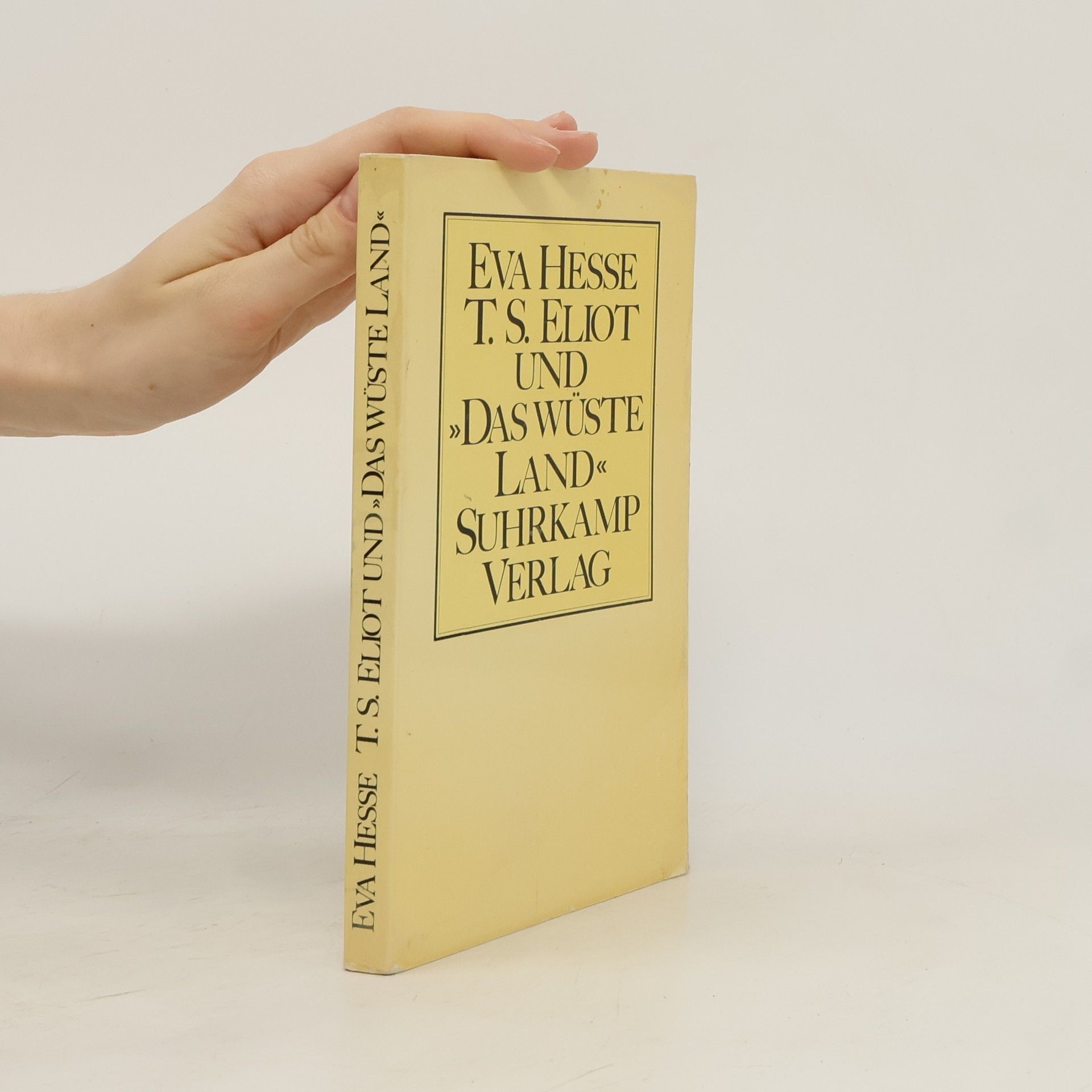Diaries
- 904 pages
- 32 hours of reading
The long-awaited publication of the personal diaries of pioneering American artist Eva Hesse Eva Hesse (1936-1970) is known for her sculptures that made innovative use of industrial and everyday materials. Her diaries and journals, which she kept for the entirety of her life, convey her anxieties, her feelings about family and friends, her quest to be an artist, and the complexities of living in the world. Hesse's biography is well known: her family fled Nazi Germany, her mother committed suicide when Hesse was ten years old, her marriage ended in divorce, and she died at the age of thirty-four from a brain tumor. The diaries featured in this publication begin in 1955 and describe Hesse's time at Yale University, followed by a sojourn in Germany with her husband, Tom Doyle, and her return to New York and a circle of friends that included Sol LeWitt, Mel Bochner, Lucy Lippard, Robert Mangold and Sylvia Plimack Mangold, Robert Ryman, Mike Todd, and Paul Thek. Poignant, personal, and full of emotion, these diaries convey Hesse's struggle with the quotidian while striving to become an artist.
